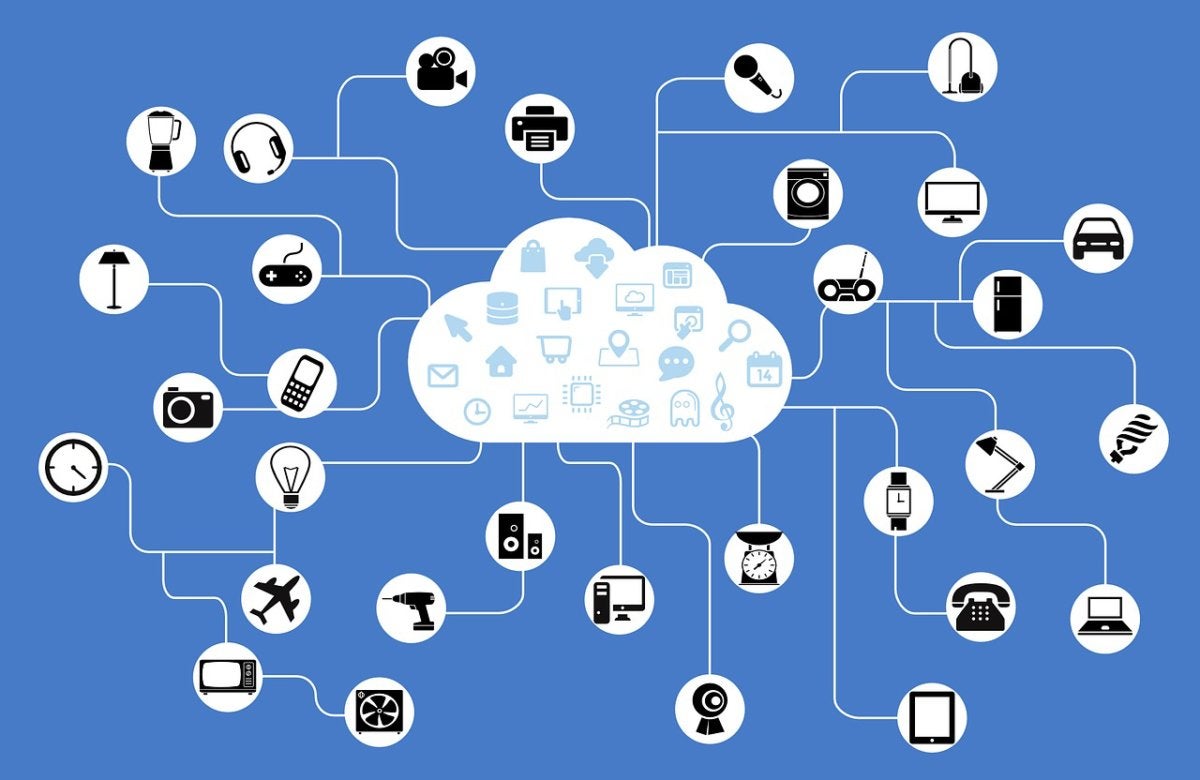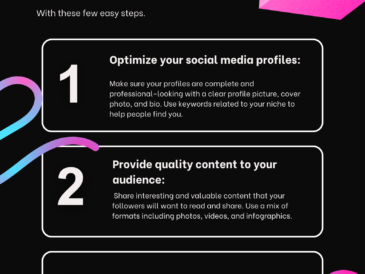The Internet of Things (IoT) is a network of interconnected devices that communicate with each other using the internet. These devices can range from smartphones, wearables, smart home appliances, industrial machines, and even automobiles. IoT devices collect and share data with each other, making them capable of providing insights, improving efficiency, and enhancing the overall user experience. The concept of IoT has been around for decades, but it has gained significant attention in recent years due to advancements in technology and the increasing number of connected devices.
In this article, we will explore the basics of IoT, its applications, benefits, challenges, and future trends.
How does IoT work?
IoT devices have sensors, processors, and connectivity capabilities that enable them to collect and exchange data. These devices can be connected through wired or wireless networks, such as Wi-Fi, Bluetooth, or cellular networks. IoT devices can communicate with each other directly or through a central hub, such as a cloud server.
Once the data is collected, it can be analyzed and processed to gain insights and make informed decisions. For instance, a smart home system can collect data on the temperature, humidity, and occupancy of a room and adjust the thermostat accordingly. An industrial IoT system can monitor the performance of machines and predict maintenance requirements, minimizing downtime and optimizing productivity.
Applications of IoT
IoT has a wide range of applications in various industries, including healthcare, transportation, manufacturing, retail, and agriculture. Here are some examples of IoT applications:
- Smart home systems: Smart home systems enable homeowners to control and automate various aspects of their homes, such as lighting, temperature, security, and entertainment systems.
- Wearables: Wearable devices, such as smartwatches and fitness trackers, collect data on users’ health and fitness, such as heart rate, steps taken, and sleep patterns.
- Healthcare: IoT devices can be used in healthcare to monitor patients remotely, track medication adherence, and collect health data for research purposes.
- Industrial IoT: Industrial IoT systems can monitor machines, equipment, and processes to optimize production, minimize downtime, and reduce maintenance costs.
- Transportation: IoT devices can be used in vehicles to provide real-time traffic information, monitor fuel consumption, and enhance driver safety.
Benefits of IoT
IoT has numerous benefits for individuals, businesses, and society as a whole. Here are some of the key benefits of IoT:
- Increased efficiency: IoT devices can automate various tasks, minimizing manual intervention and reducing errors. This leads to increased efficiency and productivity.
- Improved decision-making: IoT devices provide real-time data, enabling businesses and individuals to make informed decisions.
- Enhanced customer experience: IoT devices can personalize user experiences, providing customized services and products.
- Cost savings: IoT devices can reduce costs by optimizing processes, reducing waste, and minimizing maintenance requirements.
- Improved safety and security: IoT devices can monitor and alert users of potential hazards, such as fires, gas leaks, or security breaches.
Challenges of IoT
Despite its numerous benefits, IoT also presents various challenges. Here are some of the key challenges of IoT:
- Security and privacy: IoT devices collect and transmit sensitive data, making them vulnerable to cyber attacks and data breaches.
- Interoperability: IoT devices from different manufacturers may use different communication protocols, making it difficult to connect and exchange data.
- Scalability: IoT systems can quickly grow in size and complexity, making it difficult to manage and maintain them.
- Data management: IoT systems generate vast amounts of data, making it challenging to store, process, and analyze.
- Energy consumption: IoT devices require energy to operate, making them dependent on batteries or power sources.
Future trends in IoT
- Edge computing
Edge computing is a distributed computing model that brings computation and data storage closer to the devices and sensors that generate the data. In an IoT context, edge computing can enable faster processing of data, reduce latency, and minimize bandwidth requirements. This is especially important in scenarios where real-time decision-making is critical, such as in autonomous vehicles or industrial automation.
- Artificial intelligence and machine learning
Artificial intelligence (AI) and machine learning (ML) are becoming increasingly important in IoT systems. These technologies can enable IoT devices to analyze and process vast amounts of data, learn from patterns, and make decisions without human intervention. For instance, an IoT system that uses ML algorithms can learn from historical data to predict equipment failures or optimize energy consumption.
- 5G networks
5G is the latest generation of cellular networks that promises faster speeds, lower latency, and higher bandwidth. 5G networks can enable IoT devices to exchange data in real-time, enabling new use cases such as remote surgery, virtual reality, and autonomous vehicles. 5G can also support massive IoT deployments, allowing millions of devices to connect and communicate simultaneously.
- Blockchain technology
Blockchain is a distributed ledger technology that enables secure and transparent transactions without the need for intermediaries. In an IoT context, blockchain can enable secure and decentralized data exchange, ensuring data privacy and integrity. For instance, blockchain can enable secure sharing of health data among different healthcare providers, enabling better patient care and research.
- Environmental monitoring
IoT can play a significant role in monitoring and mitigating environmental issues, such as air and water pollution, climate change, and natural disasters. IoT sensors can collect data on temperature, humidity, air quality, and other environmental factors, enabling early warning systems and targeted interventions. For instance, an IoT system that monitors air quality can alert residents of high pollution levels and recommend measures to reduce exposure.
Conclusion
IoT is a rapidly evolving technology that has the potential to transform various industries and improve people’s lives. As IoT devices become more ubiquitous and interconnected, they will generate vast amounts of data, enabling new insights and opportunities. However, IoT also presents various challenges, such as security and privacy, interoperability, and data management, that need to be addressed. With the advent of new technologies such as edge computing, AI, 5G networks, and blockchain, IoT is likely to continue evolving and enabling new use cases and applications in the coming years.





